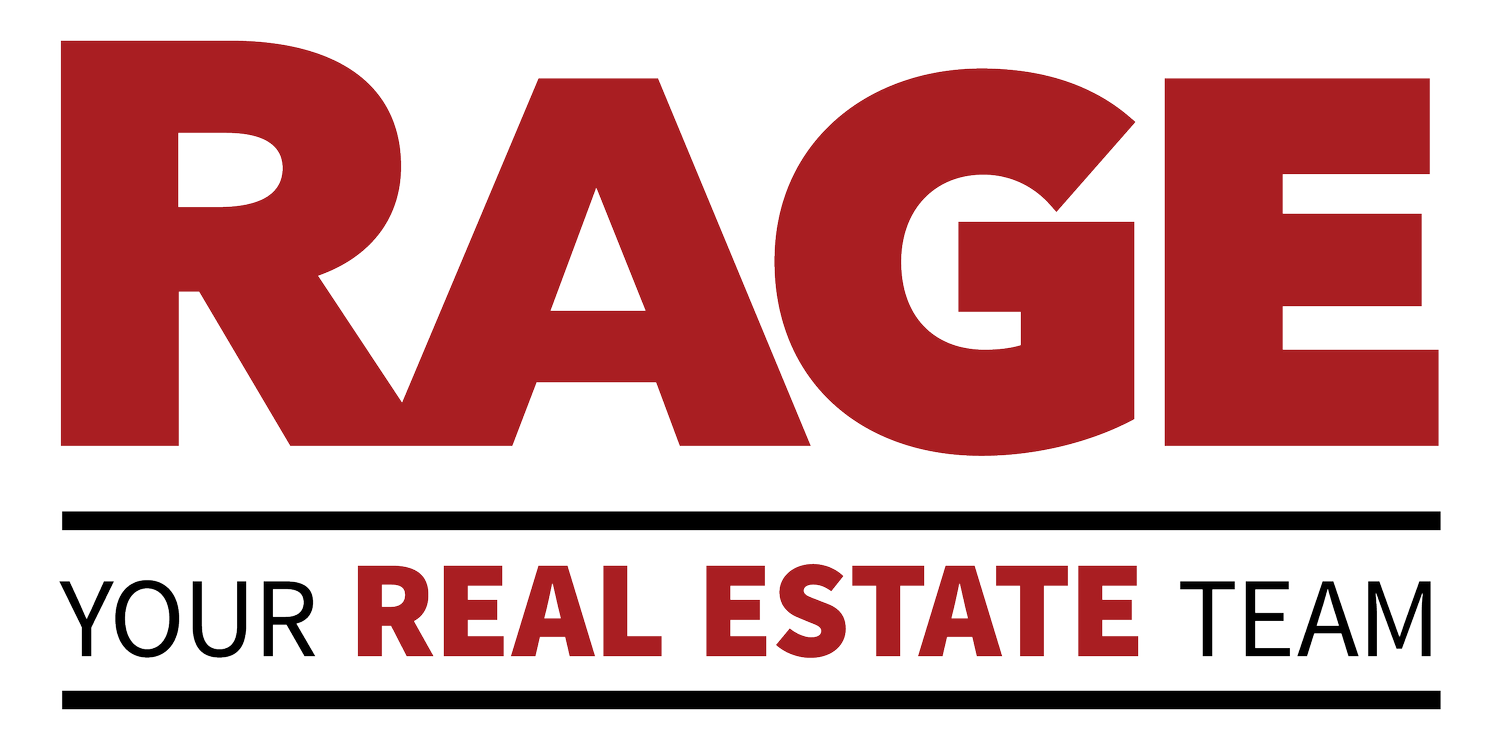Let’s Talk About Property Taxes (2021 edition)
(for an updated 2023 version of this article, click here).
Colorado homeowners are in the process of receiving NOTICE OF VALUE letters in the mail from their local assessor's office. These letters are sent out every odd year and the updated values play a role in determining whether or not homeowners' property tax bills will increase or decrease over the following two years.
Many homeowners don't quite get how this all works, so we wanted to break it down for you here. Spoiler: the good news is that our tax rate is the 3rd lowest of the 50 states.
What do property taxes pay for?
Just over half of the property tax revenues goes to pay for schools. The remainder goes to pay for local government services like fire protection, police, libraries, road maintenance, etc.
Property taxes do NOT pay for state services or enterprises like colleges, the lottery, prisons, or highways.
How are property taxes calculated?
Actual Value is the assessor's office's market value of your home as of June 30, 2020 based on the reported condition of the property on January 1, 2021 (i.e. if your home was in the process of being built, remodeled, or expanded at that time, the assessor's NOTICE OF VALUE will likely not take into account those changes). Think of this sort of like the city's version of a Zestimate®.
Assessed Property Value is a percentage of the Actual Value based on the state's assessment rate. In Colorado, this rate is currently 7.15% for residential properties and 29% for non-residential. In other words, a $100,000 house would have an Assessed Property Value of $7,150. Property taxes are based on the ASSESSED value, not the ACTUAL value.
Mill Levy is based on the mill rate - the accumulation of all tax mills approved by voters in a particular jurisdiction. "Mill levy" can be an odd term and it has nothing to do with a cotton or flour mill. Mill, in this context, is from the Latin word millesimum meaning 1000th. Local ballots commonly provide opportunity for residents to vote for or against specific tax increases that show up in the form of increased "mills."
In 2020, Denver's combined general millage or Mill Rate including Denver Public Schools and Urban Drainage District is 74.195 mills or a tax rate of 0.074195 for every $1 of assessed value.
FAQs
So does a higher actual value mean I'll have to pay more in property taxes?
An increase in ASSESSED value does NOT necessarily mean your property taxes will go up. Taxes are based on the mill levy, and Mill rates are set in December of each year by the various taxing authorities (City and County of Denver, Denver Public Schools, and any special districts). In other words, a home with a higher assessed value in a jurisdiction with a lower mill rate might have lower property taxes.
How do I pay for this difference?
Assuming you have a mortgage on your home and make automated monthly payments, at the appropriate time your lender will send you a letter notifying you of the opportunity to either pay off this "gap" in one single payment or to spread it out over twelve months via your automated monthly payments. There should be no interruption to your pay schedule or action needed on your behalf. You'll just notice a slightly modified monthly amount being paid out each month.
What if I believe my Actual Value in my NOTICE OF VALUATION is too high?
The City and County of Denver provides instructions on their NOTICE OF VALUATION letter for how a homeowner can contest their home value. This can be done via mail or online. These appeals must by submitted by June 1, 2021.
What's the deal with the Gallagher Amendment?
Today’s statewide extremely low property tax rate is due largely to The Gallagher Amendment which took effect in 1982. It sought to protect Colorado home owners from skyrocketing residential property taxes (which at that time were 21% compared to today’s 7.15%) thus making homeownership increasingly unaffordable as home values also climbed because of a population boom in the 1970’s. The Amendment made sense at the time, but as time has gone on, residential values have climbed at a much faster rate than non-residential values and, combined with TABOR, the Amendment put the state in a bit of a financial and logistical pickle. Two notable results are that non-residential taxes are now 4x the residential rate and that rural communities with lower priced housing are struggling to function on the statewide rock-bottom tax rates. The Gallagher Amendment was repealed by Colorado voters in November 2020 thus opening the door for future changes to the structure of property tax billing. Specifics are not known, but it's safe to anticipate some level of increasing residential property tax rates over the years ahead.
For more reading on protesting your value, please visit the Denver Assessor’s Office website. To learn more about The Gallagher Amendment and related topics, visit Building a Better Colorado.
We hope this content serves you well as you seek to be savvy homeowners and make wise financial decisions for your future. If you'd like to chat further or are considering moving in the coming months or year, let's get a meeting scheduled today!
Josh & The RAGE Team
or subscribe to receive regular real estate articles and helpful updates like this
This material has been prepared for informational purposes only, and is not intended to provide, and should not be relied on for tax, legal, or accounting advice. You should consult your own tax, legal and accounting advisors before engaging in any transaction.


